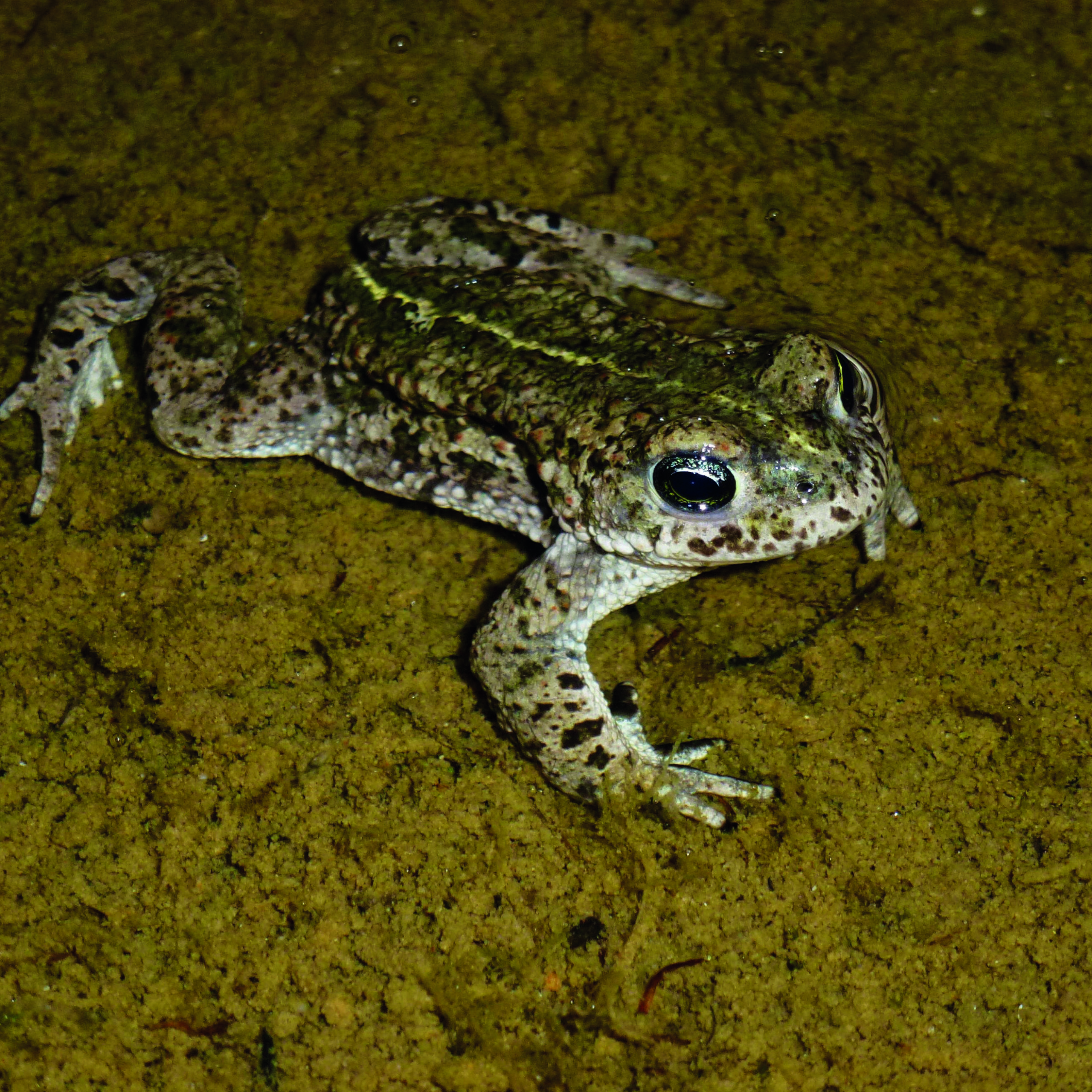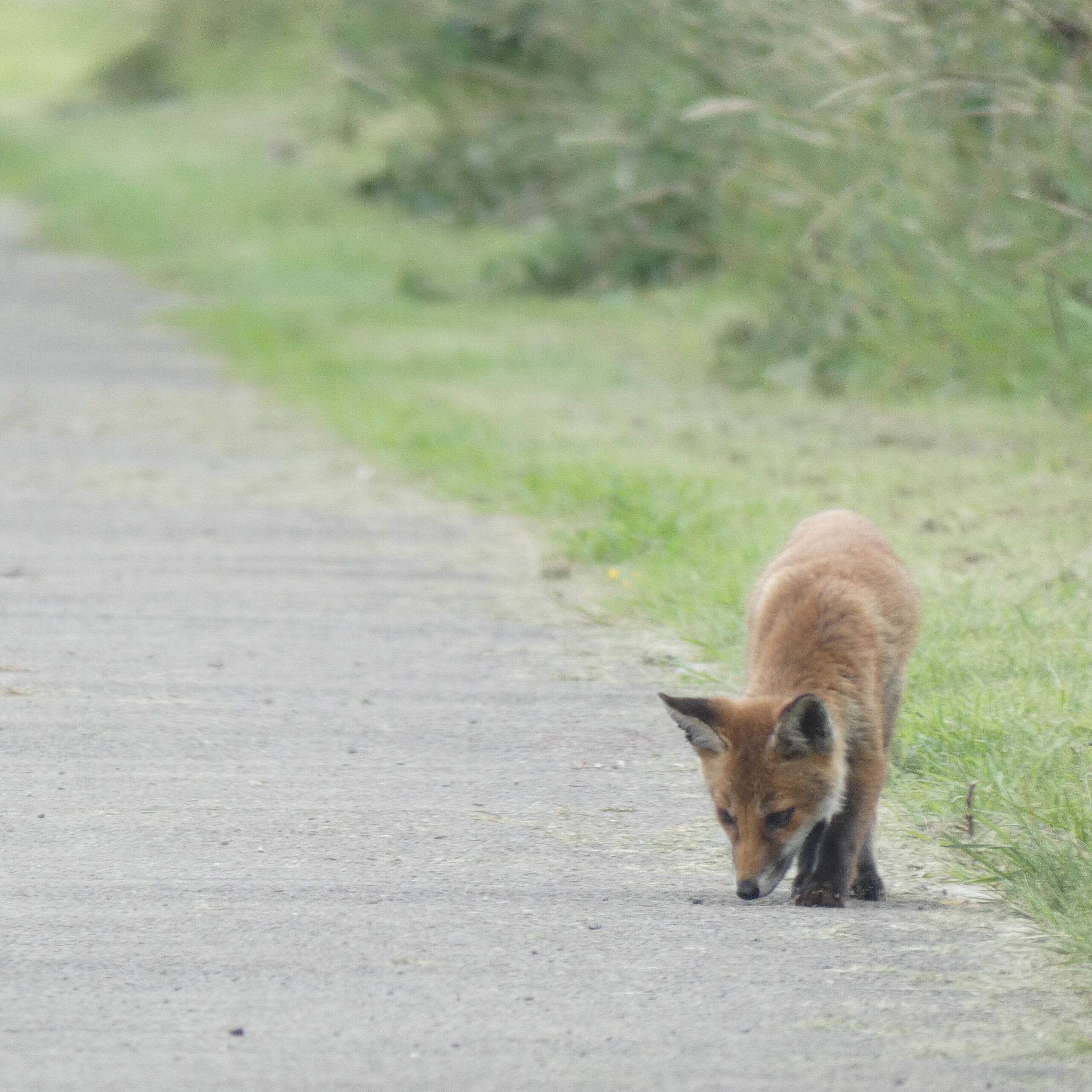Blog: Protecting our environment and ecology on a nuclear-licensed site
By Gill Bradley, Head of Environmental Health & Safety at Nuclear Waste Services
NWS’ Low Level Waste Repository near Drigg, Cumbria plays a key role in safely managing the UK’s radioactive waste, and we are also proud to be custodians of a unique landscape which a wide range of habitats and species call home.
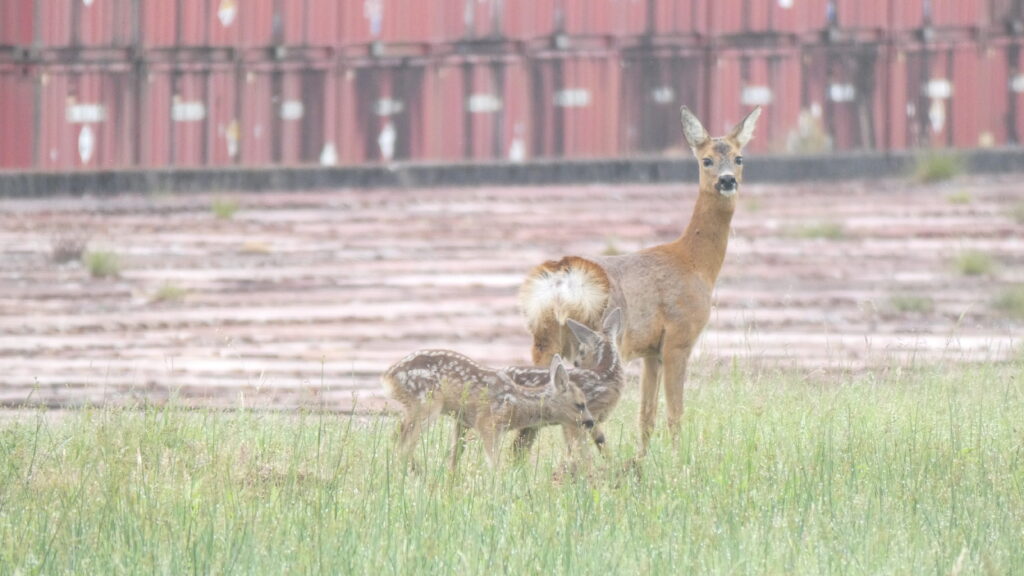
A diverse and sensitive environment
The Repository site sits alongside a Site of Special Scientific Interest (SSSI) and a Special Area of Conservation (SAC). This makes the land ecologically rich and sensitive, with species such as great crested newts, badgers, bats, and many types of birds, mammals and insects living alongside us. The way we care for these species must reflect their legal protections, but also the value they bring to the biodiversity of our region.
Managing such a site is a constant balance. On one hand, we have important work to do to safely, dispose of and monitor radioactive waste. On the other, we need to protect and enhance habitats so that they remain sustainable long into the future. These are not opposing aims; they are complementary.
What ecological management involves
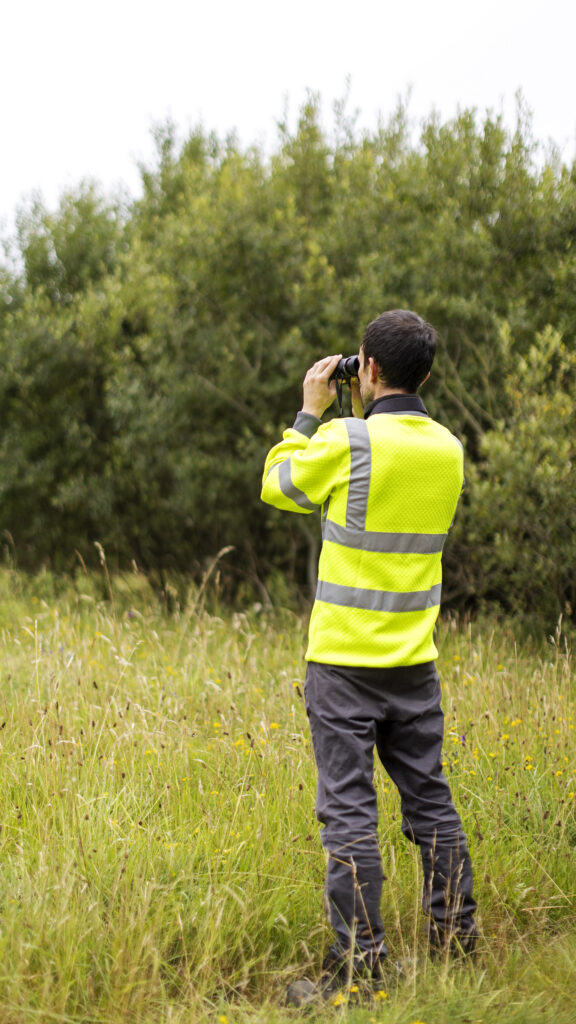
Ecology on a site like ours is about both protection and improvement. It means surveying species, understanding how they use the land, and taking decisions that avoid unnecessary disturbance. It also means creating new opportunities for wildlife to thrive.
For example, our grassland management has been adapted to support pollinators. Timing when we cut grass or clear areas has been carefully planned to avoid bird nesting and amphibian breeding seasons. Known badger setts and bat roosts access and egress points are regularly monitored to make sure they are not affected by our work. In some cases, habitats have been actively improved to encourage stronger populations.
These are detailed, day-to-day decisions, but they add up to a bigger picture: a site where waste management and nature conservation go hand in hand.
Lessons from recent years
Over the past decade, our approach has matured. Having ecological expertise embedded within our team has made it possible to think more holistically about how the site is managed.
One example was the discovery of a maternity roost for pipistrelle bats, a species that often returns to the same roost year after year. Small changes in how we carried out routine work helped ensure the roost remained undisturbed. Another success has been the management of habitats that support newts and amphibians, with careful monitoring allowing us to minimise impacts from essential construction work.
These may sound like small interventions, but they are critical. They have protected species that are struggling in other parts of the country and demonstrate that we take our stewardship responsibilities seriously.
Case Study
Protecting a maternity roost of bats
During routine monitoring, our on-site ecologist noticed that one of the access points for a maternity roost of common pipistrelle bats was less accessible. These bats and their roosts are legally protected and disturbing them can have serious consequences for their survival.
They took the actions needed to restore the access and carried out surveys to ensure that other entry points were available. Pipistrelles are highly faithful to their sites and will often return to the same roosts year after year. Protecting even a single maternity roost is therefore essential, as it safeguards breeding cycles and supports the long-term stability of the population.
By spotting the issue early and adjusting, we avoided unnecessary disturbance to the bats and prevented the risk of regulatory breaches. More importantly, we protected a species that plays a vital role in local ecosystems by controlling insect populations.
This example shows how our own ecologist through careful observation and swift decision-making can make all the difference in ensuring that site operations and biodiversity conservation work side by side.
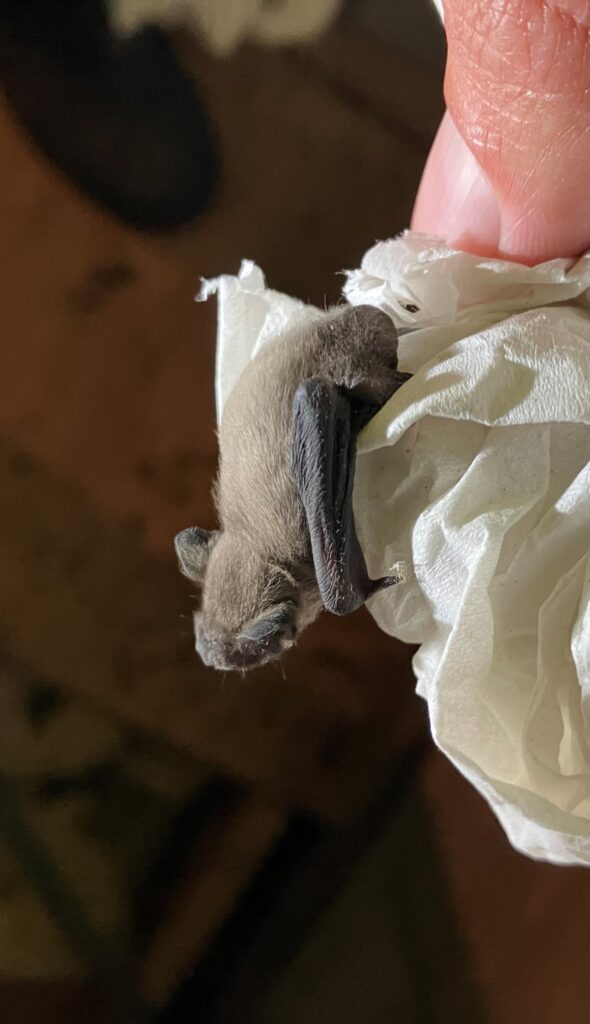
Challenges we face
Of course, there are challenges. The landscape of the Repository site means any large-scale construction introduces potential implications for habitats and species.
We work closely with our engineers, construction teams, and ecologists to find solutions that meet operational needs while safeguarding biodiversity.
The wider value of our work
Ecology at the Repository is not just about what happens within the boundary fence. The local community takes a strong interest in the natural environment, and it is a regular topic of discussion at local meetings. Parish councillors and residents want to know how we are protecting the wildlife they share their surroundings with.
We welcome the interest in our environmental work as it keeps us accountable and reinforces that we are part of a much wider landscape and community. When people see us taking visible steps to protect ecology, it builds trust and helps show that nuclear infrastructure and environmental stewardship can exist side by side.
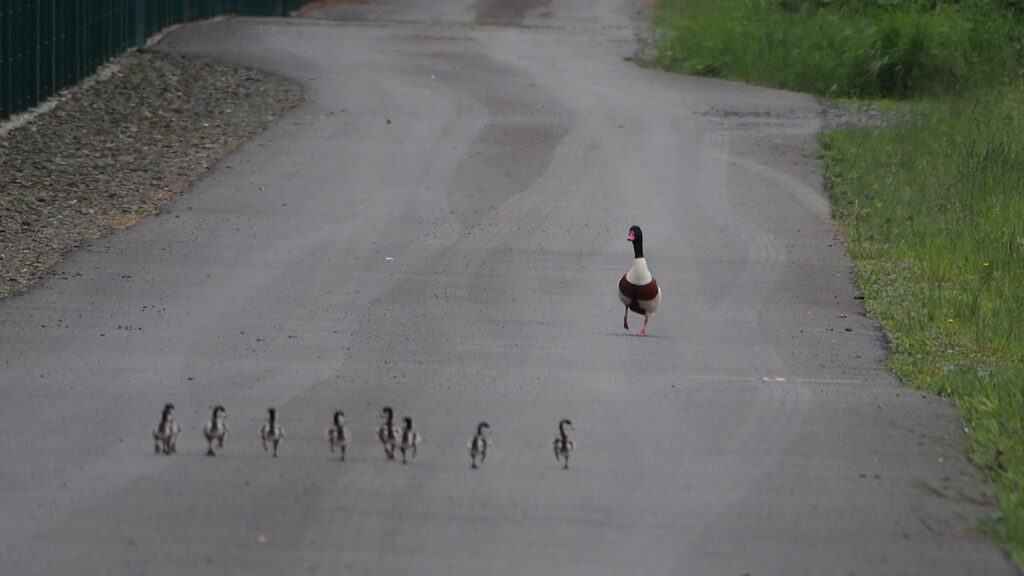
Looking ahead
There is still much to do. Future projects, such as the capping of Vault 8, will require ecological considerations to be built in from the outset. The law places a statutory duty on us to conserve and enhance biodiversity, but our ambition goes beyond compliance. We want the site to leave behind a positive environmental legacy, not just a safe one.
September marks Environment Month across Nuclear Waste Services. It’s an opportunity for more colleagues, partners, and the wider community to learn about and get involved in the ecological work we do. By sharing our experiences and engaging others, we can build momentum not only here at the Repository but across the wider nuclear sector.
Responsible stewardship for the long term
Ultimately, our role is one of responsible stewardship. We are managing waste that must remain safe for generations, and we are caring for an environment that deserves to thrive for just as long. Protecting species and habitats today is part of preparing the Repository for its eventual closure and leaving a positive legacy, when the land can return to nature.
This is about more than meeting targets or avoiding fines. It is about respect for the environment, for the community, and for future generations. If we can demonstrate that we can manage waste safely while enhancing biodiversity, then we will have achieved something of real value.
At Nuclear Waste Services, we are determined to do both.
